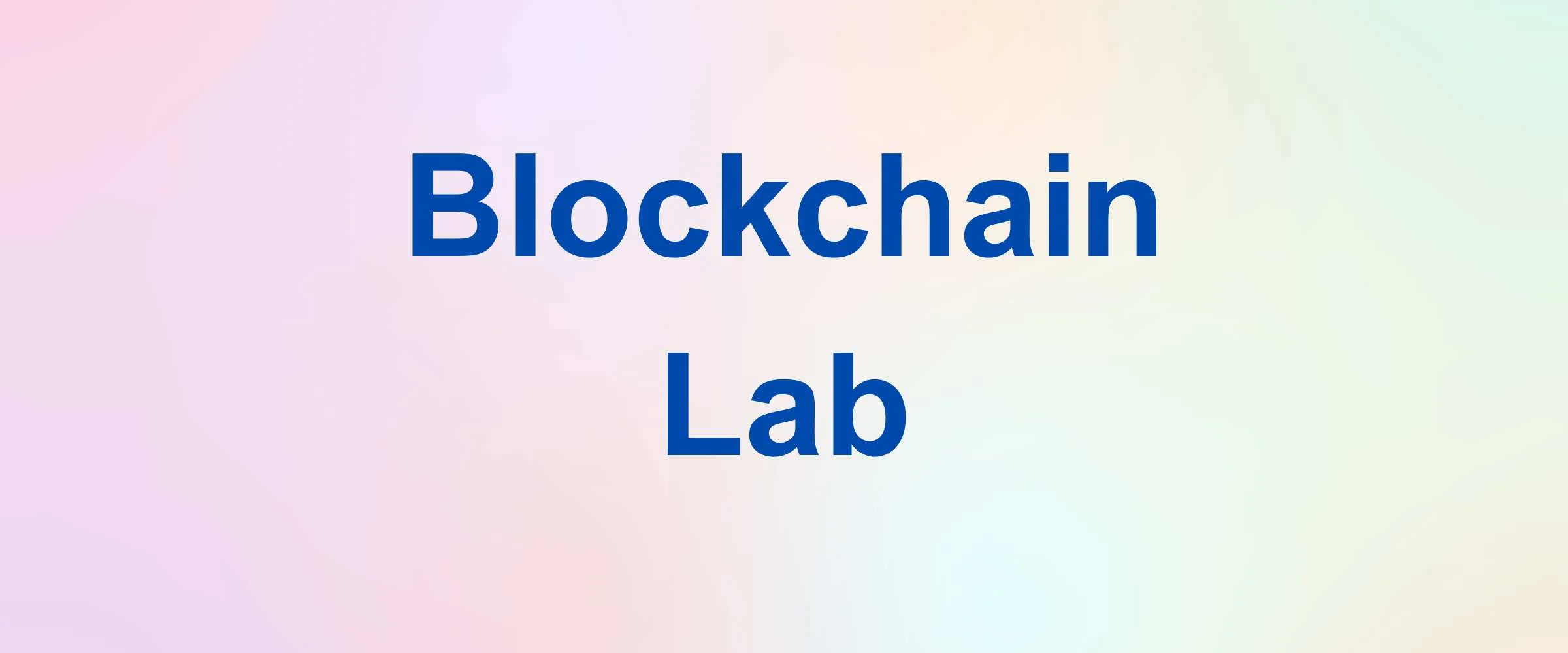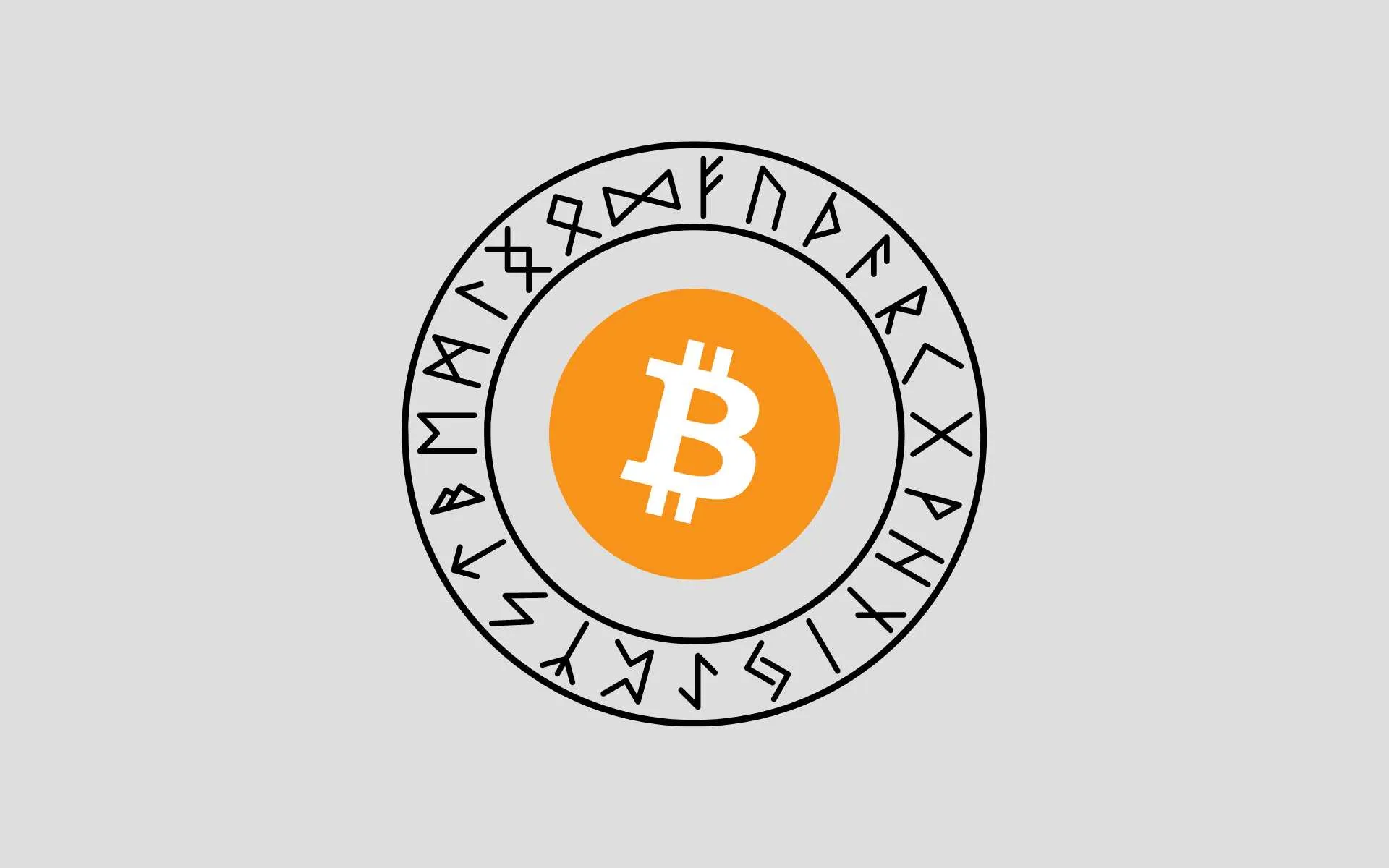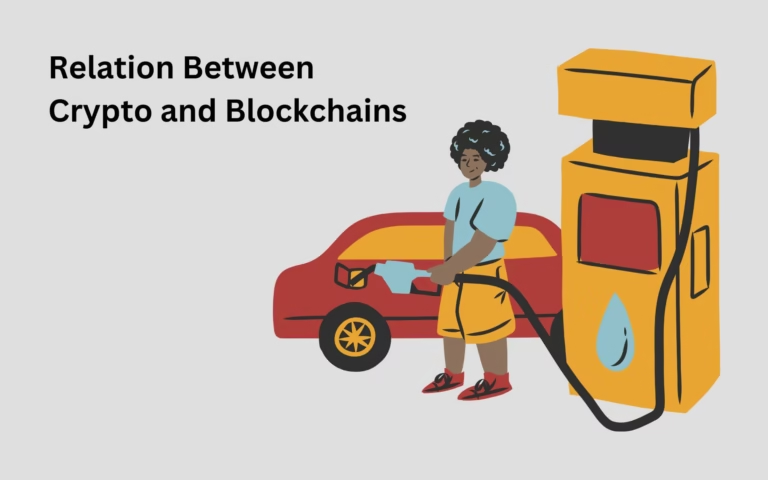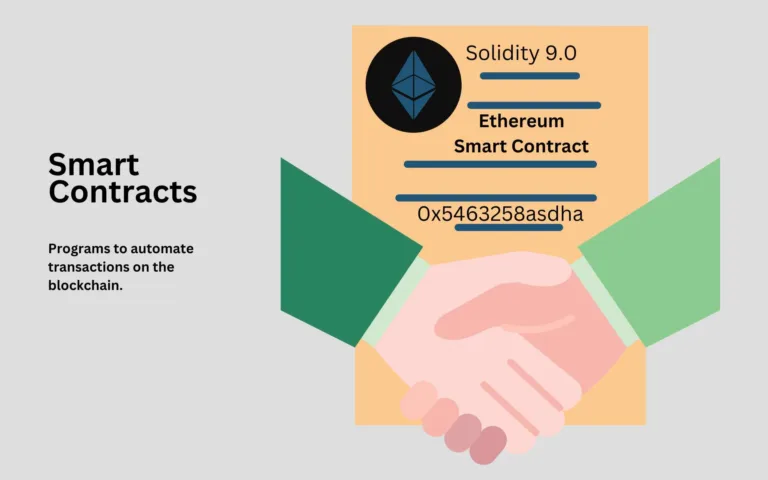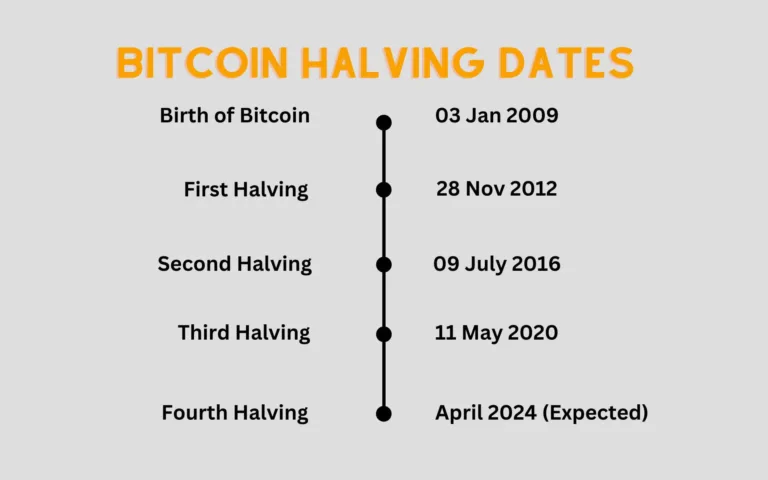Bitcoin Runes are a new token standard for the Bitcoin blockchain that helps create new cryptocurrencies from the UTXOs left after transactions. The token standard is an improvement over BRC-20 which is based on Ordinal Theory.
Bitcoin Runes were launched with the 840,000th block on the Bitcoin blockchain which also marked the 4th Bitcoin Halving.
Please note that Bitcoin Runes are different from BRC-20 tokens standards which were dependent on the Ordinals Theory and rely on the Taproot Upgrade.
Table of Contents
Casey Rodarmor’s Motive Behind Runes
The main motive of creating Bitcoin Runes was that it was an upgrade over the BRC-20 protocol. Also, runes severely help in the management of UTXOs which earlier went to junk.
Casey launched Bitcoin Runes with the 840,000th block in the Bitcoin blockchain which was the last block of the previous halving cycle and executed the 4th Bitcoin Halving. The work on Bitcoin Runes was started as far as September 2023.
Casey Rodarmor who was behind the creation of Bitcoin Ordinals based on the Ordinal Theory.
How do Bitcoin Runes Work?
Bitcoin Runes are created as a result of Unspent Transaction Outputs (UTXOs). These are the “change” that gets left behind when a certain transaction is successful. Think of it as the $2 note you get back when you buy something worth $18 and pay with a $20 note.
When a transaction is initiated, you typically send an entire UTXO to pay for the network fees. Now a portion of this UTXO is spent and a new UTXO is sent back to you. Runes are made when the original UTXO is marked with the Rune’s name, Symbol, Decimals and Total Supply.
Then an OP_RETURN function gives the output which is in the form of Runes.
Previously sent UTXOs were almost useless and had no further use.
Technical Details about Bitcoin Runes
Basic Concepts:
- Rune ID: This is a numeric identifier unique to each Rune.
- Output: In the context of a transaction, this refers to the specific place where Rune tokens are directed.
- Amount: This specifies how many Rune tokens are being transferred.
Transaction Mechanics:
- OP_RETURN Output: Every action involving Runes—whether creating new ones or transferring existing ones—is recorded using an OP_RETURN output in a Bitcoin transaction. This output includes necessary information like the rune’s divisibility, name, and other metadata. Casey Rodarmor went to call Runes as simple OP_RETURN thing.
- Divisibility: Each Rune can be split into smaller parts, up to 38 decimal places. For example, a typical divisibility setting might be 18 decimal places, similar to many Ethereum-based ERC-20 tokens.
- Max Supply: The total amount of Rune tokens is capped and represented by a 128-bit unsigned integer. The maximum value is extraordinarily large, allowing for a vast quantity of tokens when considered with their divisibility.
UTXO and Token Tracking:
- UTXO (Unspent Transaction Output): The Rune protocol uses this Bitcoin mechanism to manage the supply of tokens. Unlike systems that link tokens directly to wallet addresses, Runes maintains its token supply within individual UTXOs. This means each UTXO contains information about the quantity of Runes it represents, independent of any wallet address.
- Token Transfer: To move Runes, a transaction with an OP_RETURN output specifies how tokens are transferred from one UTXO to another. This system ensures the balance of tokens can be tracked across transactions without associating them directly with the personal identities of users.
How are Bitcoin Runes Created?
Runes are Created with Runestones.
Bitcoin Runes are created when a message is inserted in the genesis UTXO that the resultant UTXO is to be converted into a RUNE. This message is called “Runestone”.
Runestones are Etched on a UTXO
The act of inserting a message into a runestone is called as “ETCHING”. Typically an “etching” contains the following information:
- Name: A name must contain letters between 1 and 28 characters. For example, XAEADD is a rune’s name.
- Divisibility: Divisibility is the number of units a rune can be divided into.
- Symbol: This is the symbol of a Rune. Note: Runes without a symbol are given the generic scarab (`¤`) as their sign.
- Premine: A premine is the initial allocated amount of runes set aside by its creator.
- Terms: Terms established during an open mint allow anyone to mint and allocate units.
- Cap: This factor decides how many times the Rune can be minted.
- Amount: This value decides how many rune units (a fixed amount) will be created with each mint transaction.
- Start height: This is the block height where the minting of the Rune will start.
- End height: This is the block height where the minting of a Rune will end.
Bitcoin Runes vs BRC-20
Bitcoin Runes are far more efficient and feature rich as compared to the BRC-20 token standard.
BRC-20 Tokens were created by DOMO.
Wallets
- Bitcoin Runes do not need any special wallet and are also compatible with layer-2 solutions such as the Lightning Network.
- BRC-20 need wallet that are compatible with the Taproot Upgrade.
Unspent Transaction Outputs (UTXO)
- Bitcoin Runes do not create any UTXO, each UTXO can be further converted into more Runes. Also a single UTXO can be converted into multiple new runes such as 10 units of Rune A, 20 units of Rune B, 50 units of Rune C and so on.
- BRC-20 Tokens do create UTXOs which go to junk.
Data Storage
- Bitcoin Runes use the main Bitcoin blockchain to store data and do not need any off-chain or third party storage.
- BRC-20 coins do need an off-chain storage.
Lightning Network Compatibility
- Bitcoin Runes are compatible with Lightning network.
- BRC-20 tokens are not compatible with the Lightning network.
